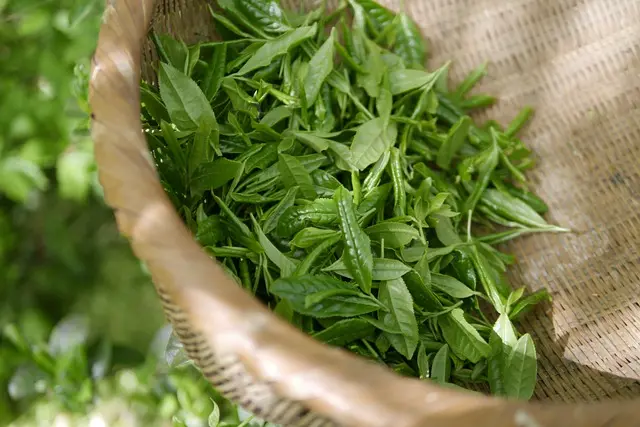
Understanding what food additives are and how they affect our health is important in the process of healthy eating. Because conscious consumption is an integral part of a healthy lifestyle. Therefore, in today’s article, I would like to introduce you to azorubine, also known as E122, which is one of the food colorants.
Until today, I have written articles about many natural and artificial colorants such as Amaranth (E123), Allura Red AC (129), Beta-carotene (E160), Curcumin (E100). Now, let’s take a detailed look at what azorubine is and whether it is harmful.
What is azorubine (E122)?
The colors, flavors, and appearances of foods, which are an indispensable part of our daily lives, are of great importance to attract consumers. Therefore, food producers use various colorants to make their products more appealing and promote them. One of these is the additive called azorubine. It can appear under names such as carmoisine or CI Food Red 3.
Azorubine gives foods a red color. It is synthesized through the reaction of components derived from petrochemicals, namely naphthol and aniline. Being a compound obtained through chemical processes, it falls into the class of artificial colorants.
It can be found in powder or granule form. Azorubine’s good solubility in water increases its usage in the industry. It is slightly soluble in ethanol.
Where is E122 used in foods?
The food colorant with the code E122 is used in many areas. In the food sector, it can be found in flavored beverages, chewing gums, candies, ice creams, and edible ice products. In addition to these, we can encounter the use of azorubine in various other sectors, such as cosmetics, pharmaceuticals, modeling clays, and cleaning products.
Is E122 harmful?
Despite being widely used in the food industry, azorubine may raise some health concerns. E122 can cause skin reactions and problems such as hyperactivity and attention deficit disorder in children. Therefore, some countries have imposed restrictions on the use of E122 in food products and beverages intended for children.
For example, according to the Turkish Food Codex Food Additives Regulation, after specifying the name and code of the additive in products where azorubine is used, there should be a statement such as ‘may have negative effects on children’s activity and attention’.
Considering that the daily intake amount for azorubine is determined as 0-4 mg/kg, it is likely that children may exceed this value, especially since their preferred products often contain it. I believe it should be avoided in widespread use.
To maintain our health, it is important to shop consciously, check food labels, and adopt a balanced eating habit.





